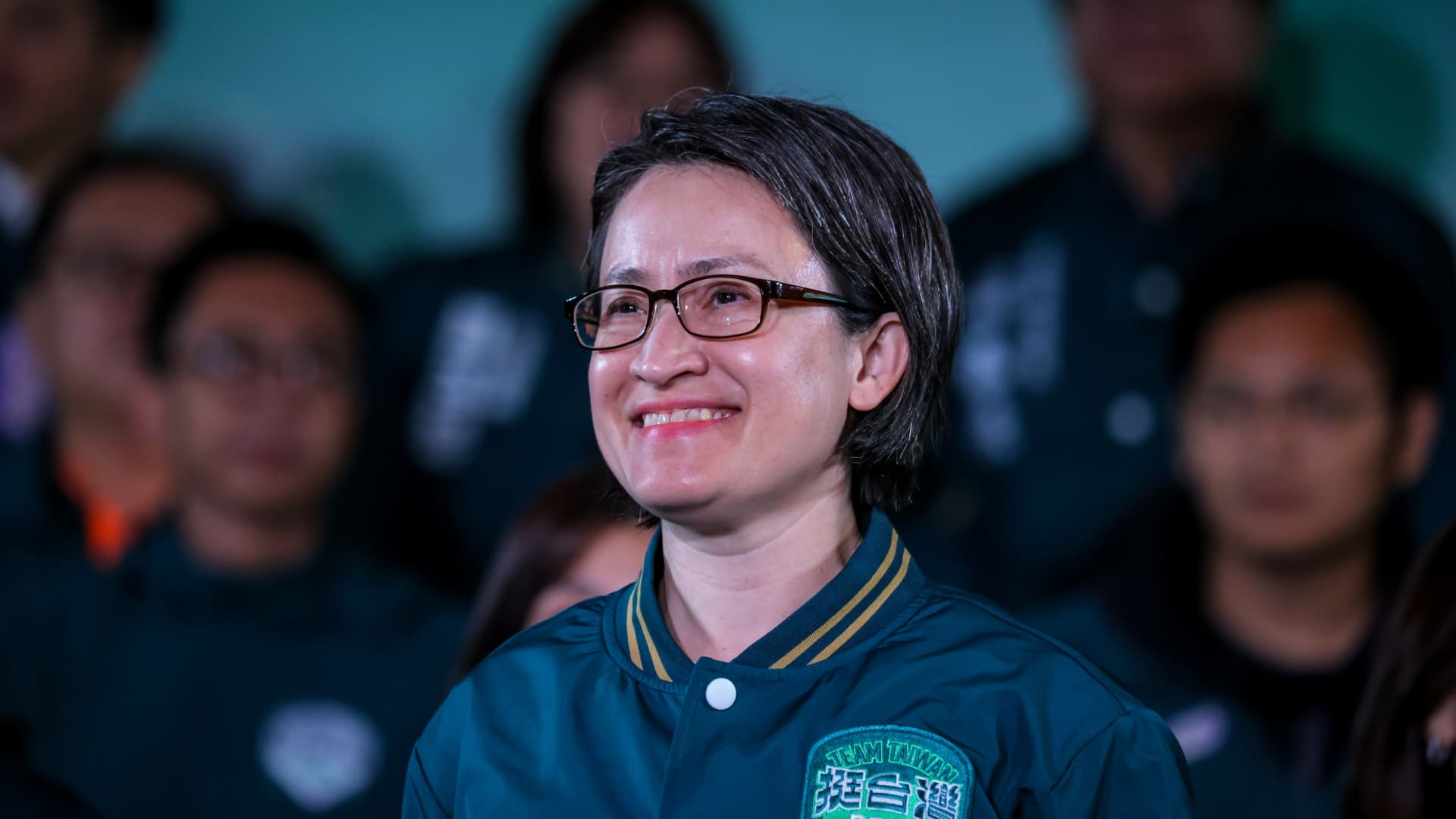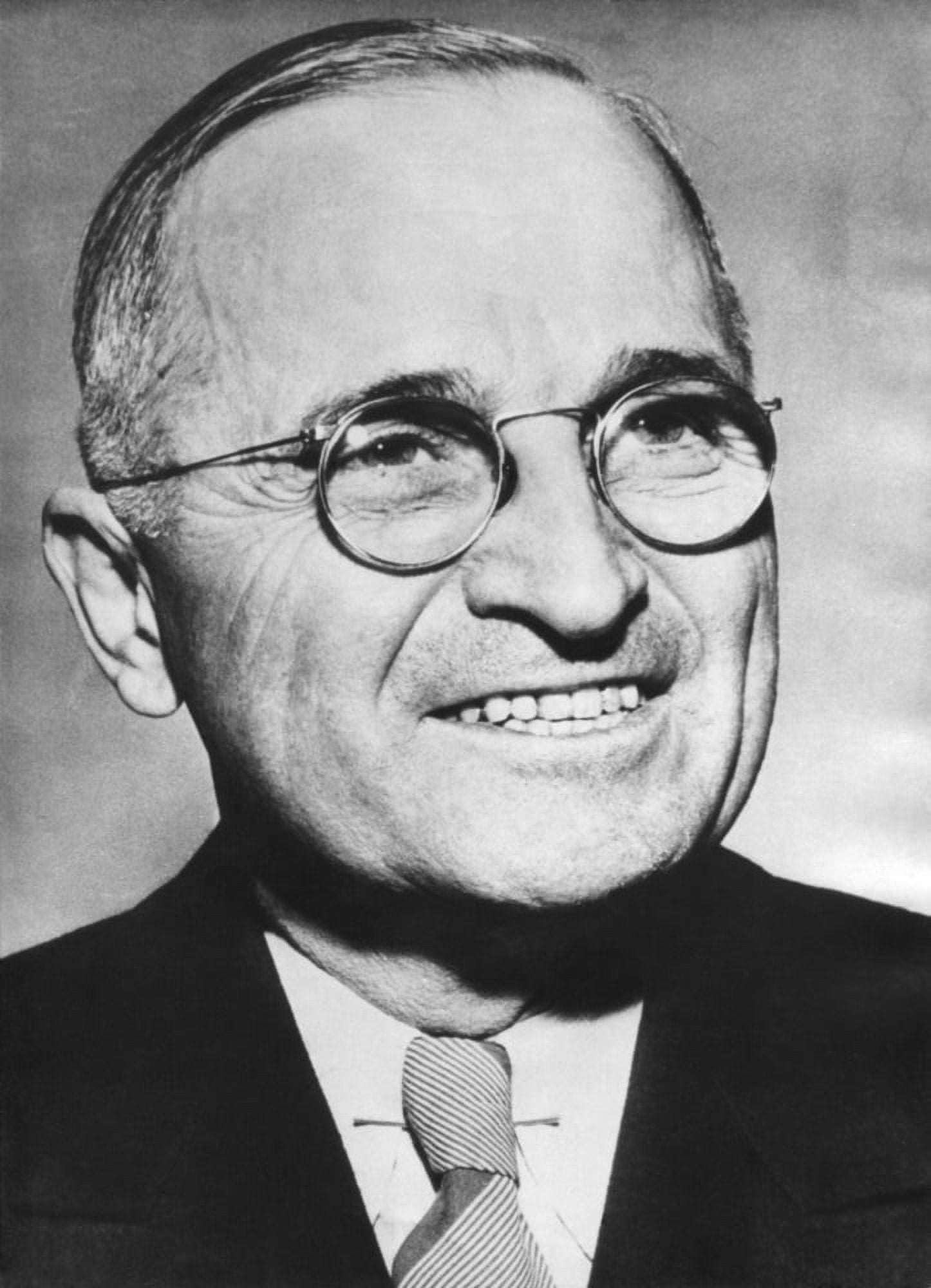FDR's Vice President: The Unsung Heroes Behind The Greatest Presidency
When we talk about Franklin D. Roosevelt, the name resonates with strength, resilience, and leadership during one of America's toughest periods. But have you ever wondered who stood by FDR through thick and thin? Who were the vice presidents under FDR, and what roles did they play in shaping history? These are the guys who weren’t just sidekicks but played crucial roles in steering the nation through the Great Depression and World War II. So, let’s dive into the story of FDR's vice president and uncover some fascinating details you might not know.
Now, imagine this: FDR is at the helm, giving inspiring speeches and pushing policies that would redefine America. But behind the scenes, there’s a guy making sure the ship doesn’t sink. The vice president is often seen as the "standby engine," but these guys were more than just backups. They were strategists, advisors, and sometimes even political heavyweights in their own right.
So, why does it matter? Well, understanding who these individuals were and how they contributed to one of the most transformative eras in U.S. history gives us a clearer picture of the inner workings of FDR’s administration. Let’s peel back the layers and see who these guys really were.
- Helen And Olga Where Are They Now The Untold Story Of Two Icons
- Mission To Mars Humanitys Leap Into The Red Planet
Biography of FDR's Vice Presidents
Before we dive into the details, let’s take a quick look at the men who served as FDR's vice presidents. They weren’t just names on a history book; they were real people with real stories. To give you a better picture, here’s a snapshot of their backgrounds:
Meet the Men: A Quick Overview
John Nance Garner, Henry A. Wallace, and Harry S. Truman—these were the three men who served under FDR. Each brought something unique to the table. Garner was a seasoned politician with deep roots in the Democratic Party. Wallace was a progressive thinker with a focus on agriculture and social justice. And Truman? Well, Truman was the guy who would eventually step into the big chair after FDR's untimely death. Let’s break it down:
John Nance Garner: Known for his straightforward demeanor and sharp wit, Garner served as vice president from 1933 to 1941. He was a key player in getting the New Deal legislation passed, but his relationship with FDR soured over time.
- Truepeoplesearch Free The Ultimate Guide To Finding People Online
- Unveiling The Essence Of Justin Bieber A Deeper Dive Into His World
Henry A. Wallace: A visionary with a knack for innovation, Wallace served from 1941 to 1945. He was a strong advocate for civil rights and international cooperation, but his progressive views made him a controversial figure within the party.
Harry S. Truman: The man who would eventually become president, Truman served as vice president from 1945 until FDR's death. Known for his no-nonsense approach, Truman was thrust into the presidency during one of the most critical moments in world history.
Table: FDR's Vice Presidents
| Name | Term | Key Achievements | Challenges |
|---|---|---|---|
| John Nance Garner | 1933-1941 | New Deal Legislation | Conflict with FDR over policies |
| Henry A. Wallace | 1941-1945 | Progressive policies, focus on agriculture | Political opposition within the party |
| Harry S. Truman | 1945 | Assumed presidency after FDR's death | World War II and post-war challenges |
John Nance Garner: The Man Who Said "Vice Presidency Isn't Worth a Bucket of Warm Spit"
John Nance Garner, or "Cactus Jack" as he was affectionately known, was the first vice president under FDR. He was a Texan through and through, with a no-nonsense attitude and a sharp sense of humor. Garner was instrumental in getting the New Deal legislation passed, using his political connections and influence to navigate the tricky waters of Congress.
But here’s the kicker: Garner famously said that the vice presidency wasn’t worth "a bucket of warm spit." And while that might sound like a diss, it actually reflects the limited powers of the office at the time. Despite his skepticism, Garner played a crucial role in FDR's first two terms, but his relationship with the president deteriorated over time due to policy disagreements.
Garner's Legacy: A Mixed Bag
Garner’s legacy is a bit of a mixed bag. On one hand, he was a key player in the early years of the New Deal. On the other hand, his increasing disillusionment with FDR’s policies led to a strained relationship. By the time FDR ran for his third term, Garner was out, replaced by Henry A. Wallace.
- Key Achievements: Helped pass New Deal legislation
- Challenges: Conflict with FDR over policies
- Legacy: A pivotal figure in the early years of FDR's presidency
Henry A. Wallace: The Visionary with a Progressive Edge
Henry A. Wallace was a different kind of vice president. A former secretary of agriculture, Wallace was a progressive thinker with a focus on social justice and international cooperation. He served from 1941 to 1945, during some of the most critical years of World War II.
Wallace was a strong advocate for civil rights and was one of the first national leaders to publicly support desegregation. He also pushed for greater cooperation with the Soviet Union, which made him a controversial figure within the Democratic Party. Despite his visionary ideas, Wallace’s progressive views were too much for some party members, and he was replaced by Harry S. Truman for FDR's fourth term.
Wallace's Influence: A Voice for Change
Wallace’s influence extended beyond the vice presidency. He was a vocal critic of racism and inequality, and his ideas laid the groundwork for many of the social movements that would follow. While his tenure as vice president was relatively short, his impact on American politics was significant.
- Key Achievements: Advocacy for civil rights and international cooperation
- Challenges: Opposition from within the party
- Legacy: A progressive thinker ahead of his time
Harry S. Truman: The Unexpected President
Harry S. Truman was the third and final vice president under FDR. He served for just 82 days before FDR's death thrust him into the presidency. Truman was a man of action, known for his straightforward and no-nonsense approach. He was thrust into the role during one of the most critical moments in world history, with World War II still raging and the post-war world order yet to be defined.
Truman’s presidency was marked by some of the most significant decisions in U.S. history, including the use of atomic bombs on Hiroshima and Nagasaki, the establishment of the United Nations, and the implementation of the Marshall Plan. While he faced criticism during his presidency, Truman’s legacy as a decisive leader has grown over time.
Truman's Presidency: A Legacy of Leadership
Truman’s presidency was defined by his ability to make tough decisions in the face of uncertainty. From the end of World War II to the beginning of the Cold War, Truman navigated some of the most complex challenges of the 20th century. His legacy as a leader who stood up for what was right, even when it wasn’t popular, has made him one of the most respected presidents in U.S. history.
- Key Achievements: End of World War II, establishment of the United Nations, Marshall Plan
- Challenges: Atomic bomb decision, post-war reconstruction
- Legacy: A decisive leader who shaped the post-war world
The Role of the Vice President: More Than Just a Backup
So, what exactly does a vice president do? Well, the role has evolved over time, but during FDR's presidency, the vice president was more than just a backup. They were key players in shaping policy, navigating Congress, and representing the administration on the national and international stage.
Garner, Wallace, and Truman each brought something unique to the role, and their contributions helped shape one of the most transformative periods in U.S. history. While the vice presidency may not have been worth "a bucket of warm spit" to Garner, it was certainly a crucial role in FDR's administration.
Modern-Day Vice Presidents: A Comparison
Today, the role of the vice president has expanded significantly. Vice presidents are often involved in key policy decisions and play a major role in shaping the administration’s agenda. While Garner, Wallace, and Truman may not have had the same level of influence as modern vice presidents, their contributions were nonetheless significant.
Data and Statistics: The Numbers Behind the Vice Presidency
Let’s take a look at some numbers to give you a better sense of the impact these vice presidents had:
- FDR served for 12 years, the longest of any U.S. president.
- He had three different vice presidents during his presidency.
- Garner served for 8 years, Wallace for 4 years, and Truman for less than 3 months before becoming president.
- During their tenures, these vice presidents helped pass some of the most significant legislation in U.S. history, including the New Deal and the Lend-Lease Act.
These numbers highlight the importance of the vice presidency in shaping FDR's legacy and the impact these individuals had on American history.
Conclusion: The Unsung Heroes of FDR's Presidency
So, there you have it—the story of FDR's vice presidents. From John Nance Garner’s sharp wit to Henry A. Wallace’s progressive vision to Harry S. Truman’s decisive leadership, these men played crucial roles in shaping one of the most transformative periods in U.S. history.
While they may not have always been in the spotlight, their contributions were significant. They were the unsung heroes behind FDR’s presidency, helping to navigate the challenges of the Great Depression and World War II.
So, the next time you hear someone say that the vice presidency isn’t worth "a bucket of warm spit," remember the legacy of FDR's vice presidents. They prove that even the "standby engine" can play a crucial role in shaping history.
Now, it’s your turn! Share your thoughts in the comments below. Who was your favorite FDR vice president, and why? And don’t forget to check out our other articles on U.S. history for more fascinating stories.
Table of Contents
- Biography of FDR's Vice Presidents
- John Nance Garner: The Man Who Said "Vice Presidency Isn't Worth a Bucket of Warm Spit"
- Henry A. Wallace: The Visionary with a Progressive Edge
- Harry S. Truman: The Unexpected President
- The Role of the Vice President: More Than Just a Backup
- Modern-Day Vice Presidents: A Comparison
- Data and Statistics: The Numbers Behind the Vice Presidency
- Conclusion: The Unsung Heroes of FDR's Presidency



Detail Author:
- Name : Scot Ferry
- Username : katarina.gottlieb
- Email : ashtyn82@hotmail.com
- Birthdate : 2002-03-29
- Address : 474 Lavon Ports Apt. 400 West Germanfort, VA 37793
- Phone : 1-415-316-5925
- Company : Windler, Bosco and Donnelly
- Job : Product Promoter
- Bio : Officia minima tempore placeat voluptatem ad. Est omnis dolorem repellendus voluptatem. Dolore reprehenderit omnis eos nemo et veritatis.
Socials
tiktok:
- url : https://tiktok.com/@stroman1996
- username : stroman1996
- bio : Enim dolores ipsum officia eligendi.
- followers : 329
- following : 277
instagram:
- url : https://instagram.com/guido_dev
- username : guido_dev
- bio : Dolore dolor recusandae aut. Quis necessitatibus nobis perferendis quas voluptatem distinctio.
- followers : 277
- following : 2805
linkedin:
- url : https://linkedin.com/in/stroman1978
- username : stroman1978
- bio : Dolorem distinctio qui sunt.
- followers : 4914
- following : 505
twitter:
- url : https://twitter.com/stroman1996
- username : stroman1996
- bio : Delectus aliquam a nemo exercitationem ducimus voluptatem esse. Nostrum sed et est quas et. Eaque vero incidunt qui nulla error.
- followers : 2203
- following : 1727
facebook:
- url : https://facebook.com/guidostroman
- username : guidostroman
- bio : Porro sint nulla voluptate nihil.
- followers : 4209
- following : 2500